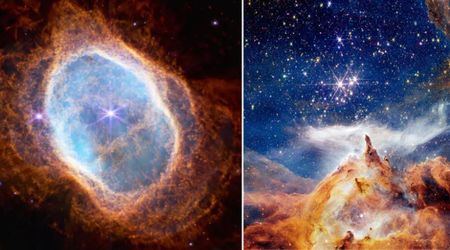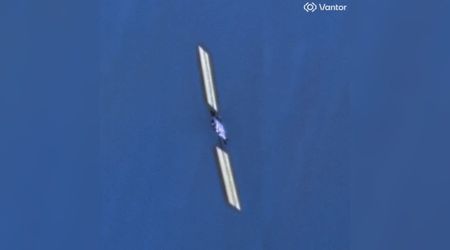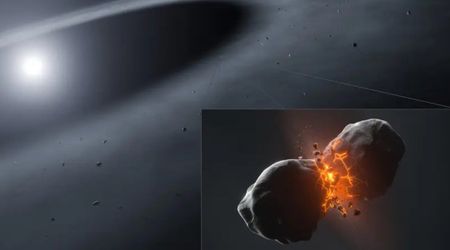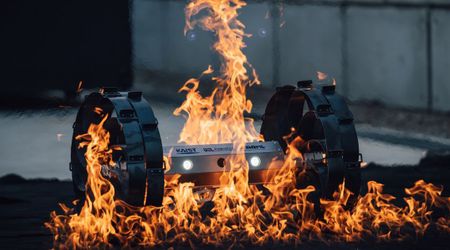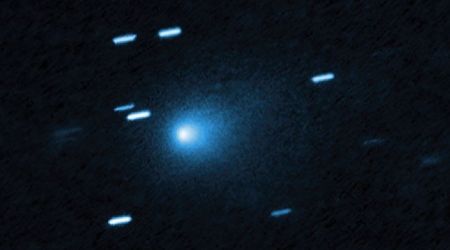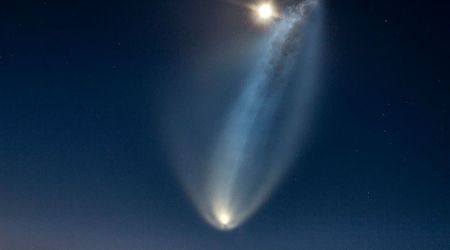Telescope aperture


The aperture is one of the most important characteristics on any telescope, and one to consider carefully when choosing one to buy. Its size will greatly determine how much light your home telescope will be able to collect and thus directly affect the quality of the image you see through the eyepiece.
The aperture is so paramount that some suppliers include it directly in the name of their telescope. For example, the PowerSeekr 70az from Celestron has an aperture of 70mm (2.7 inches). Naturally, the greater the aperture, the greater the price… So it’s important to understand exactly what it is, how does it work and how to choose the right aperture for your stargazing needs. Let’s dive in!
What is the aperture of a telescope?
By definition, an aperture is the size (in inches or millimetres) of the optical piece collecting light in a telescope. That optical instrument is different depending on the type of telescope you are using. In a refracting telescope, the aperture is equal to the size of the objective lens. In reflecting telescope, the aperture is equal to the diameter of the primary mirror.
It is essentially the most important part of your telescope, its size pretty much dictates what you will be able to see and how clear you will be able to see your celestial targets. The light-gathering power of an optical telescope (light grasp) is directly linked to the size of your instrument's aperture.
What is the purpose of an aperture?
Light is collected through the telescope’s aperture and sent toward the next optical piece inside the scope. The larger the aperture, the more light is collected, which results in a greater image resolution. In a reflecting telescope, the light is then passed on to the secondary mirrors, then to the focal point. In a refracting telescope, the light goes from the main lens (aperture) directly to the eyepiece lens.
Now you might be surprised that your eye pupils have an aperture of 7mm and are doing exactly this exact job as you are reading this article. In comparison with a moderately sized telescope, say 60mm, said telescope harvest 70 times more light than your naked eye!
When you upgrade your telescope for one with a bigger aperture, you may expect the images you see through your scope to be much clearer and sharper. A greater aperture is indeed equal to a greater resolution, and thus a 10-inch telescope will theoretically separate two points in your field of view better. For example, if you are observing Jupiter, you may spot the Galileans moons more easily and see finer details.
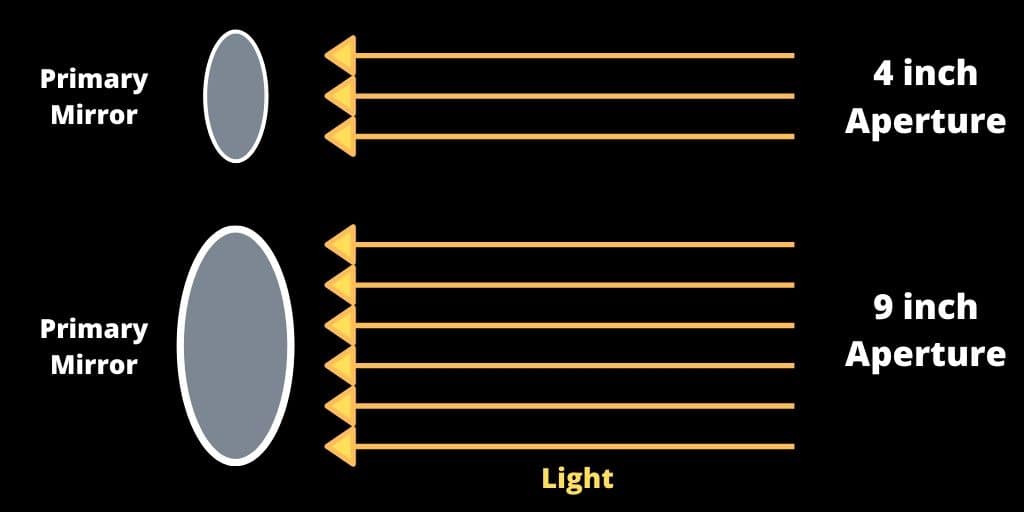
Do you need a large telescope aperture?
It very much depends on your stargazing style, how mobile you are and the quality of the night sky in your area. On paper, a big aperture is definitely going to improve your observation, but the truth is that there are many factors you should take into consideration:
- Telescopes with a large aperture are among the most expensive ones.
- If you live in the UK for example, you may experience not-so-great weather most of the year and you won’t be able to really make the most of your large aperture.
- It also means that your telescope will be quite large and heavy which means it’ll be harder and take longer to set up.
- Bigger mirrors mean that the telescope will take longer to acclimate to exterior temperatures.
- Do not expect a world of difference between a 150mm aperture and 180mm… If you decide to upgrade, you must double your aperture to really experience a “wow” moment.
- You may have a great aperture, but if you’re located in a light-polluted area, your telescope’s potential will be greatly wasted.
- Larger telescopes are more “sensitive” to atmospheric turbulence - you really need a steady seeing to make the most of them.
It’s really your dedication to stargazing that is most important… In my eyes, it’s much better to have 6-inch telescope under the stars twice a week than 14-inch stored in your house because the effort of setting it up prevents you from using it often.
APERTURE SIZE COMPARISON

4" APERTURE

8" APERTURE

10" APERTURE
For astrophotography, it's best to consider telescopes with at least 6 inches of aperture, with a shorter focal length. Less than that and you will have a hard time capturing enough light to produce satisfying pictures.
For planetary observation, an aperture of 8 inches and some additional magnification power should give you satisfying results. However, planetary observation is heavily influenced by viewing conditions (atmospheric turbulence, light pollution, etc.), so large aperture can quickly become a weakness if the weather is not with you.
For deep-sky object viewing, it really depends on the apparent magnitude of the galaxy you are trying to observe. Small telescope (4”) can manage to show very few DSO, like the Triangulum galaxy (M33) for example but generally, you’ll need a bigger telescope for most galaxies.
Some of the largest telescope apertures in the world
The Hubble telescope is a reflecting telescope so the size of its aperture is equal to the size of its primary mirror, which is 2.4 meters (7 feet, 10.5 inches). It is so large that it has an automated door attached to it. The door is designed to prevent sunlight from directly entering the aperture, which would seriously damage the telescope and its internal instruments.
The James Webb Space Telescope (JWST) has the largest aperture of all space telescope, its primary mirror is made of 18 hexagonal smaller mirrors, for a total aperture of 6.5 meters (256”).
Located in Spain, the Gran Telescopio Canarias is currently the world’s largest single-aperture ground telescope. It has a diameter of 10.4 meters (410”), the size of two giraffes on top of each other!

Frequently Asked Questions
What is a good aperture for a telescope?
The best aperture is the one that suits your stargazing needs. If you like to travel and quick observing sessions, an inconveniently large telescope is not recommended.
How does aperture affect a telescope?
The aperture is the ‘eye’ of the telescope, its size entirely rules over what you can see and how well you can see it.
How do I increase the aperture on my telescope?
As they are fragile optical pieces, it is not really possible to increase the aperture of your telescope yourself. You would need to upgrade your telescope for a better model.
Recommended Reading
How to buy a telescope - A beginner’s guide
Choosing your first telescope can be overwhelming. Here are the most important things to know and do before buying your first telescope.
